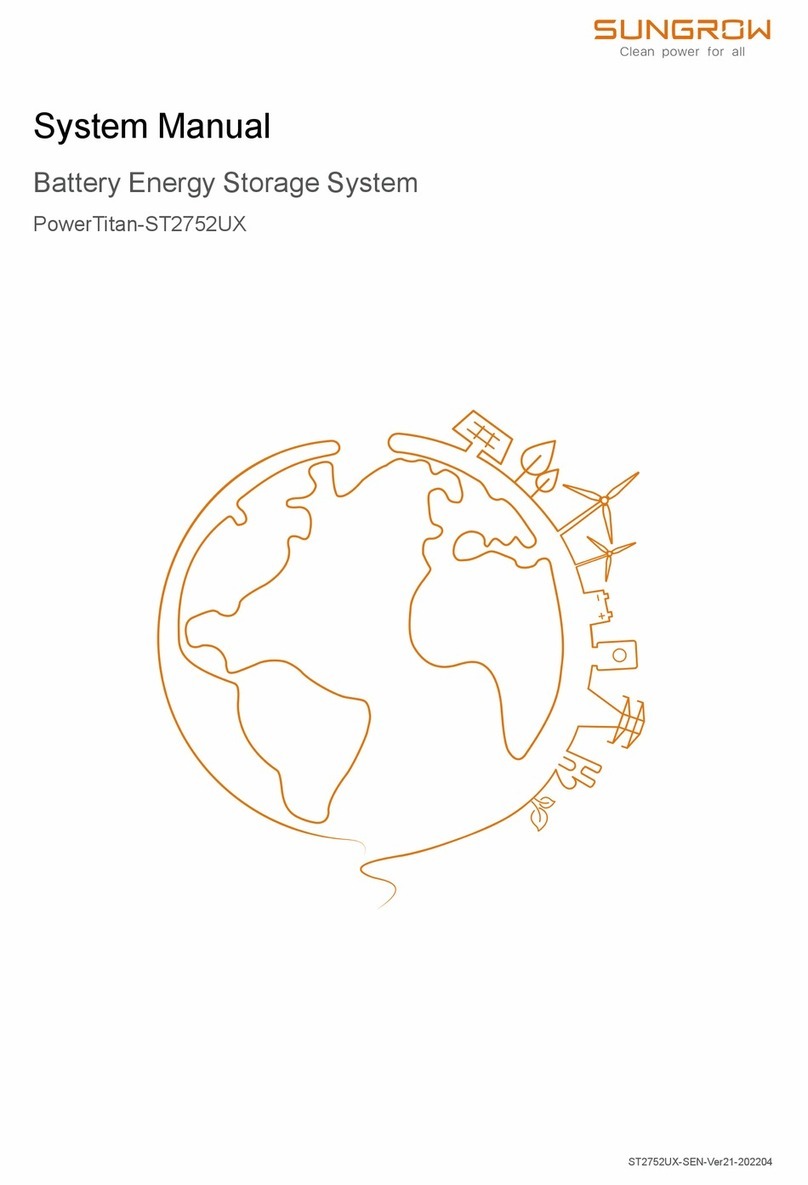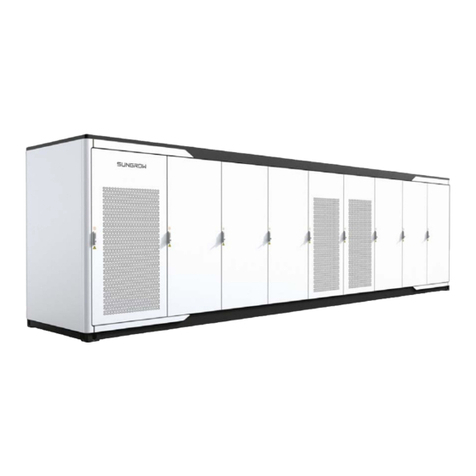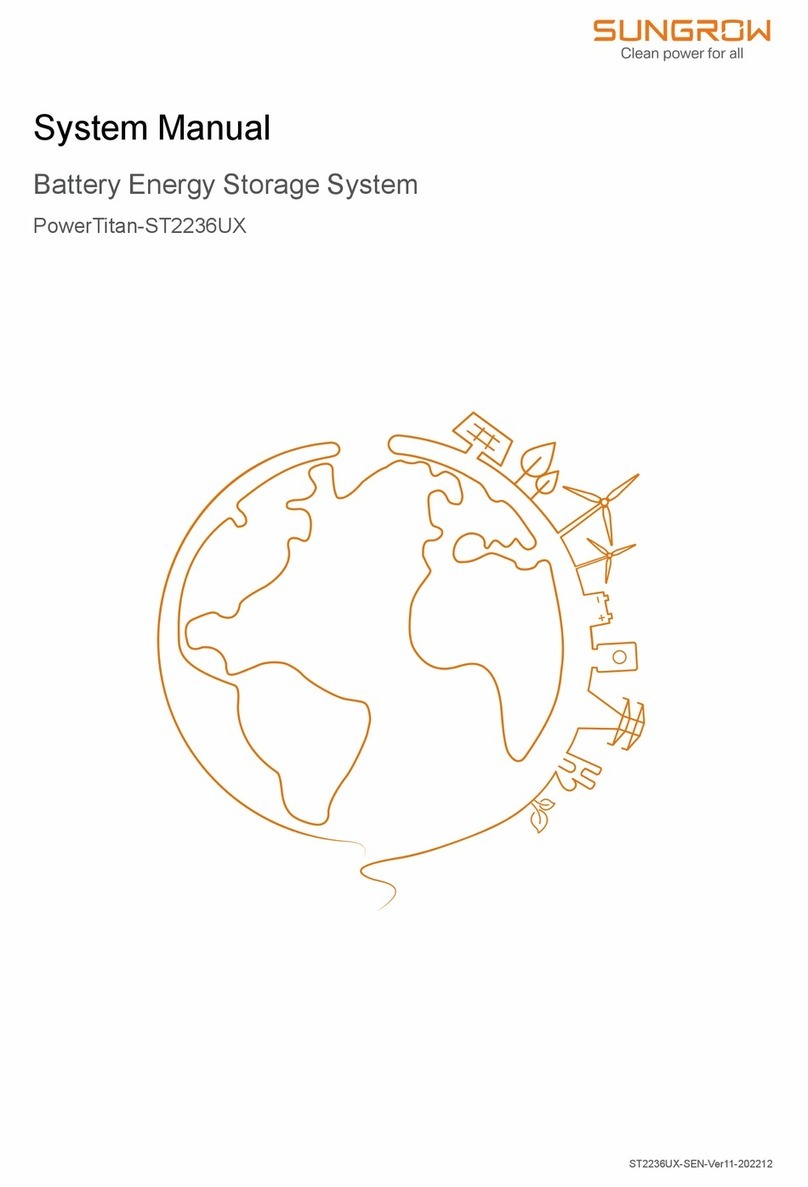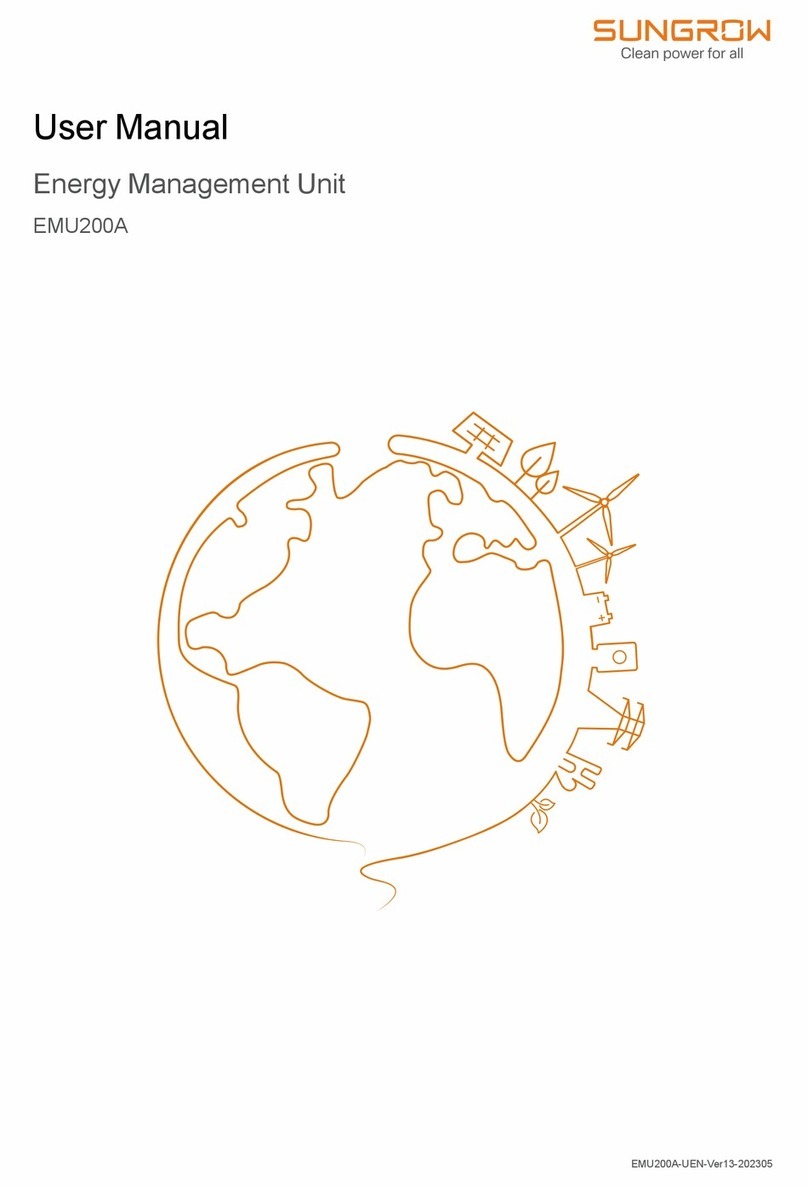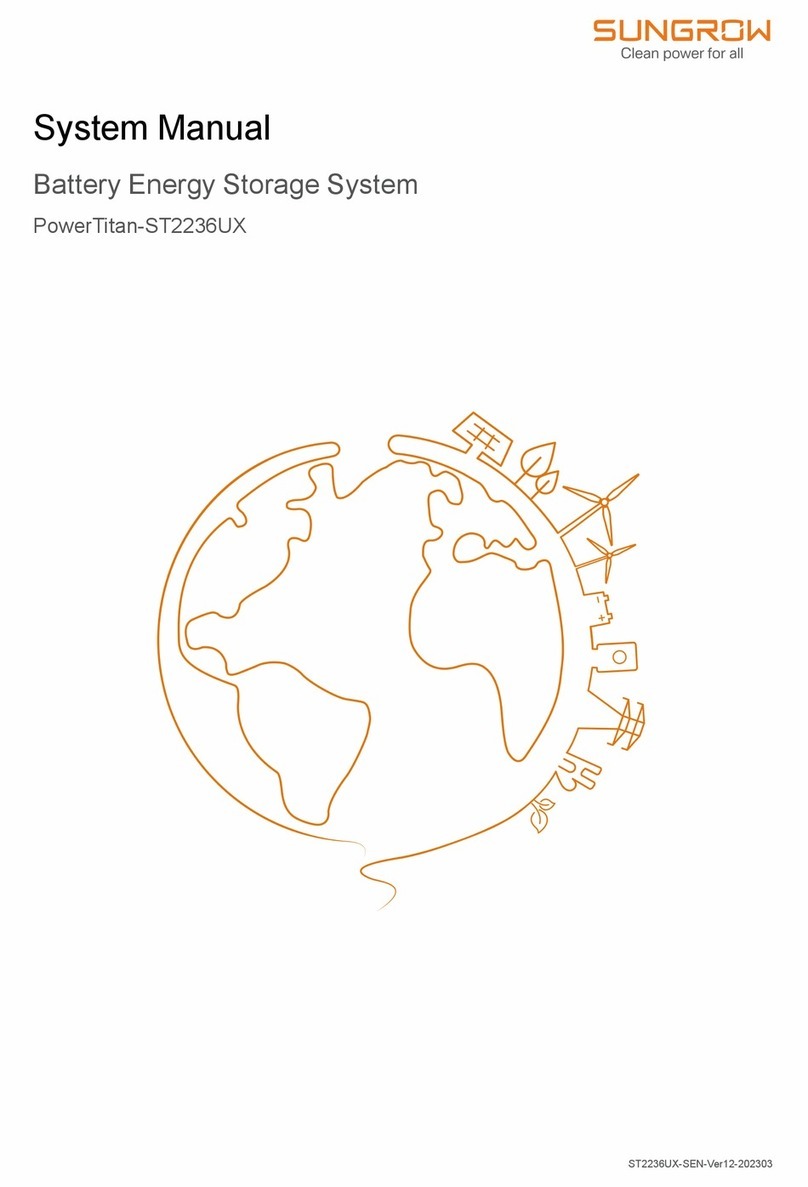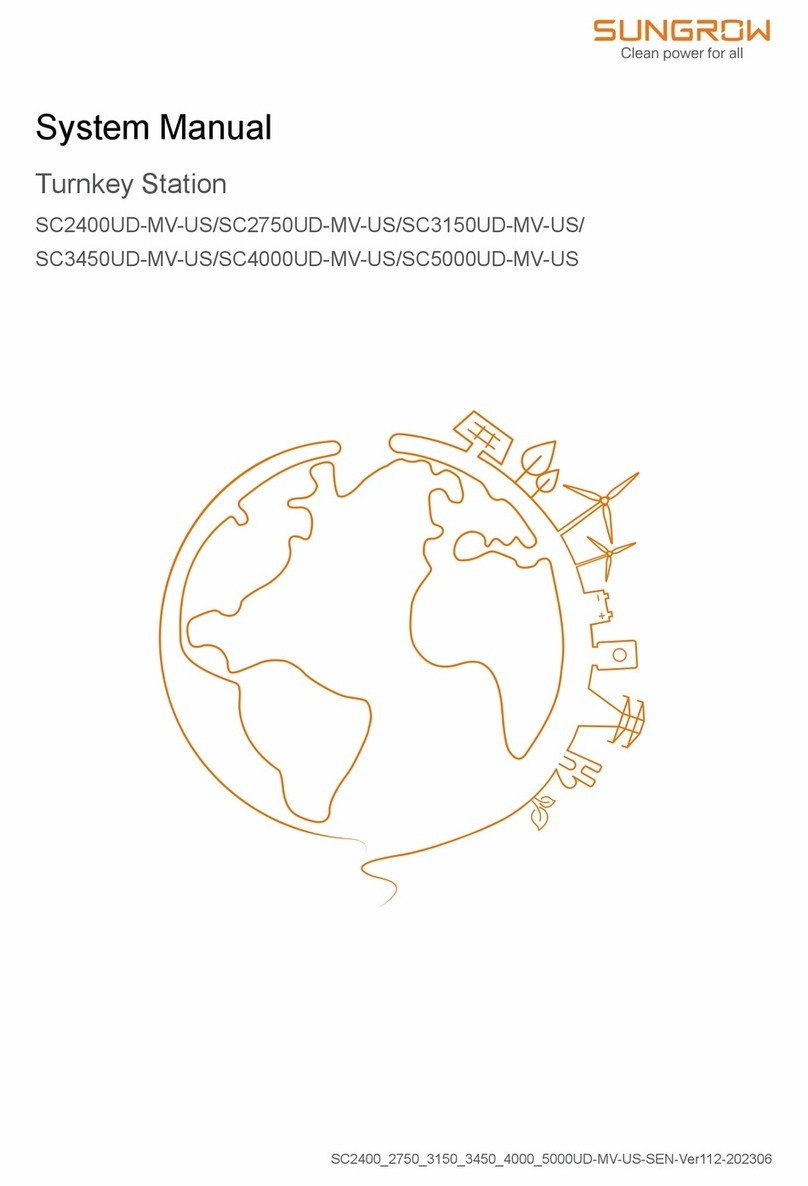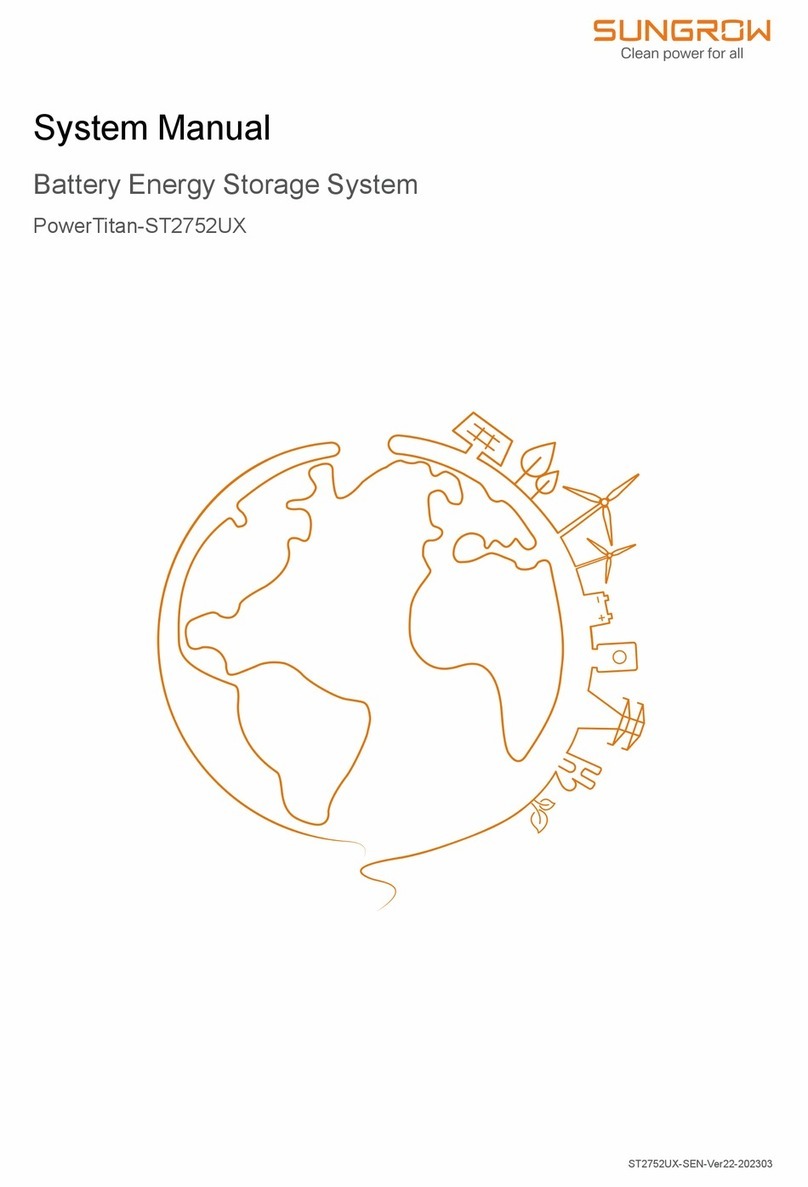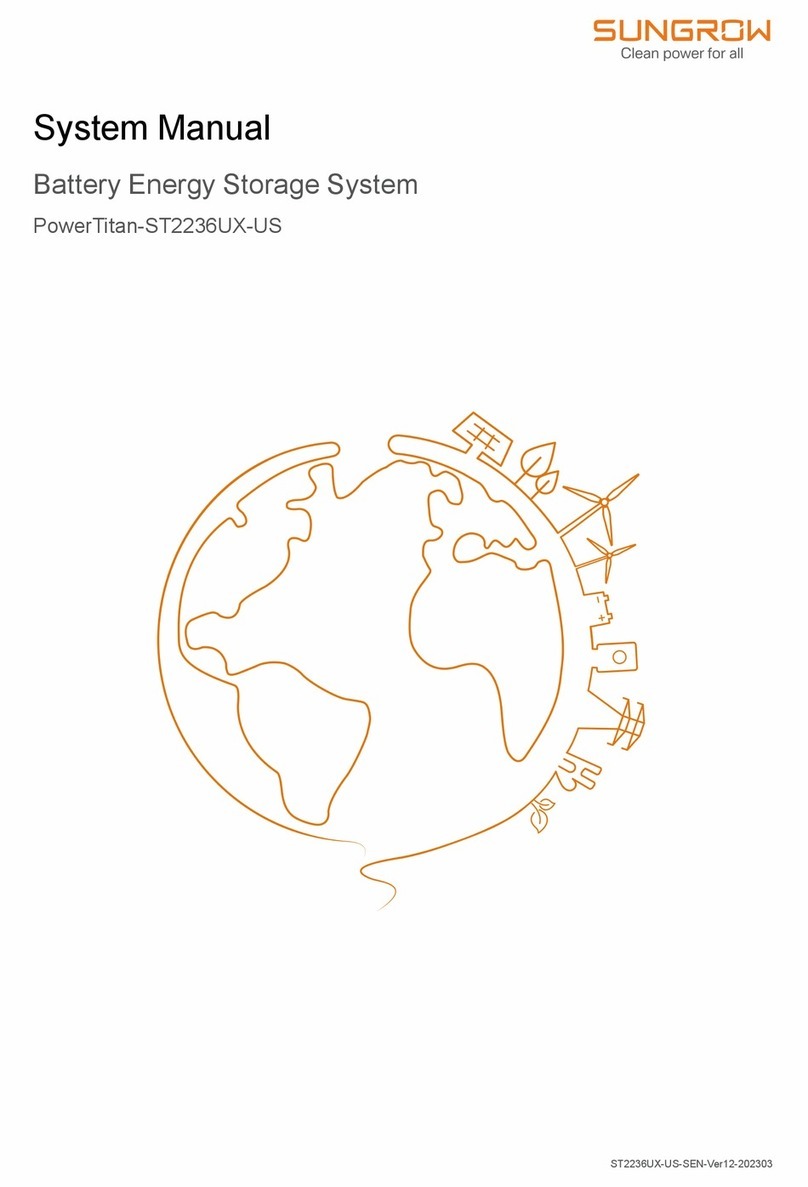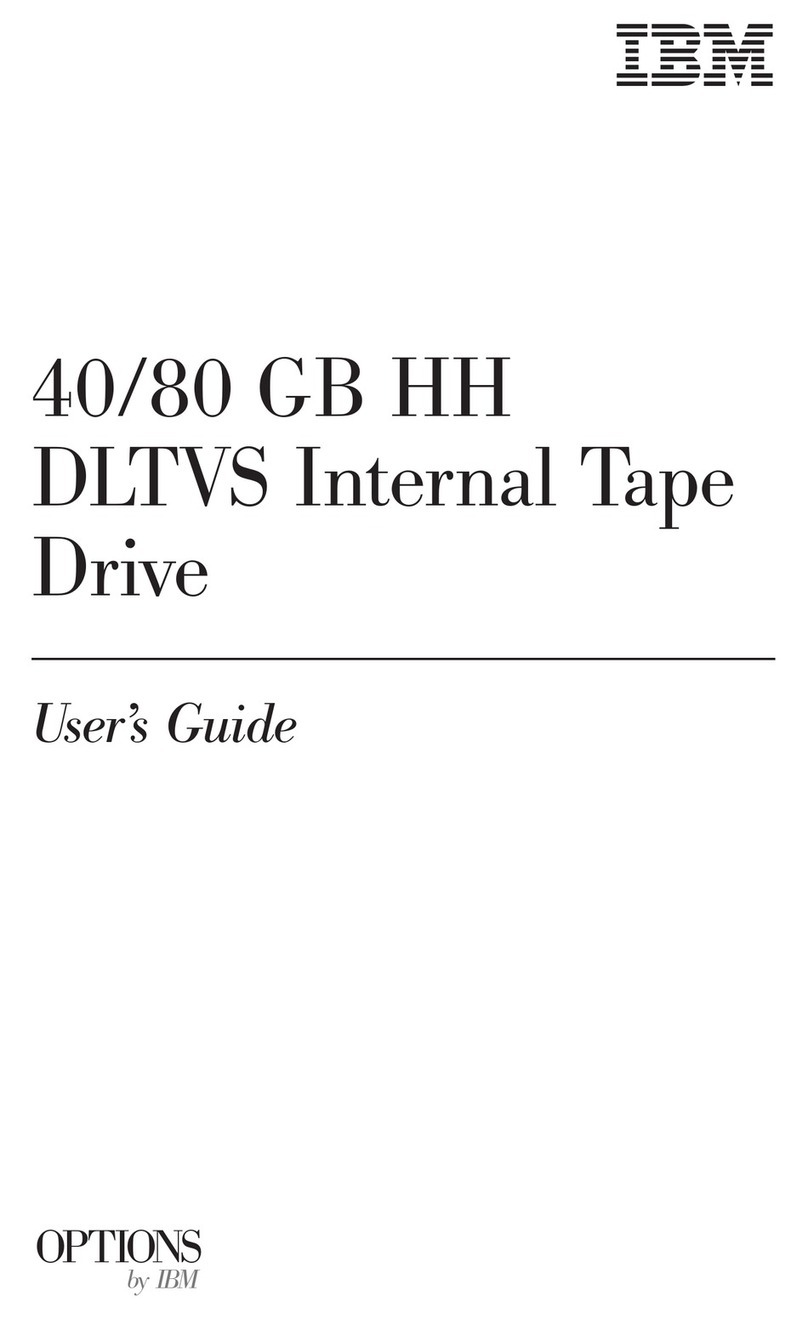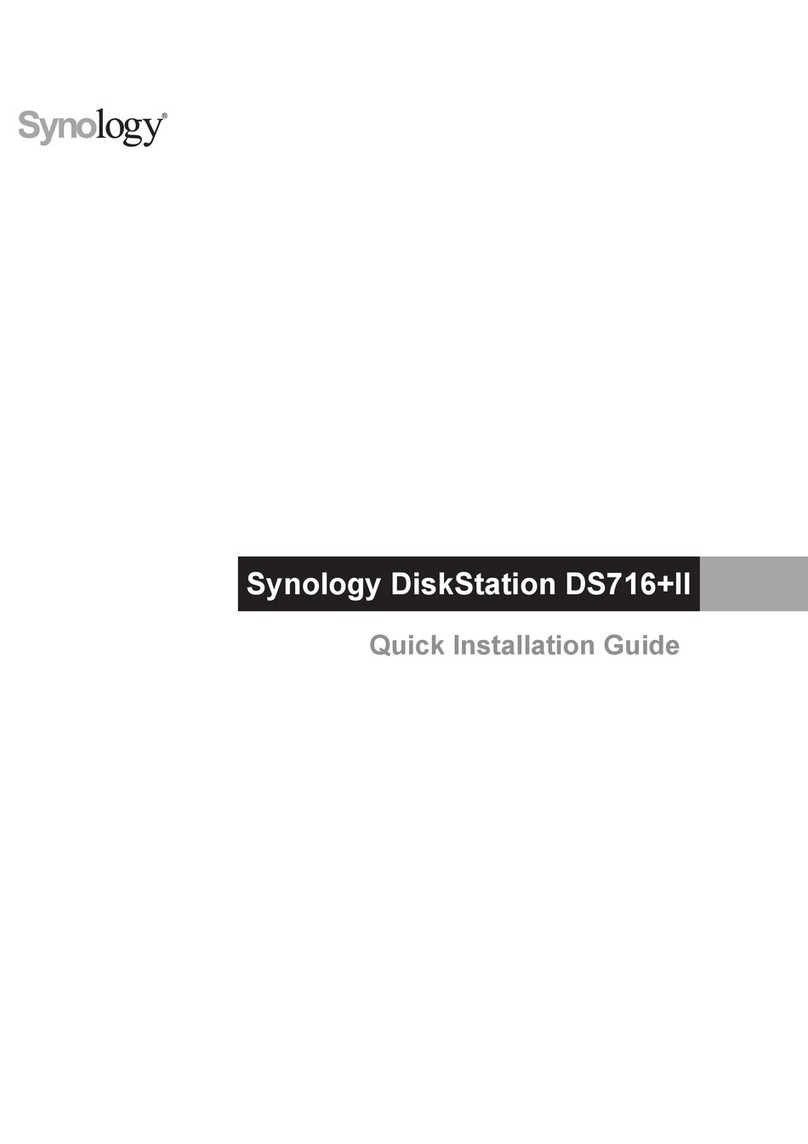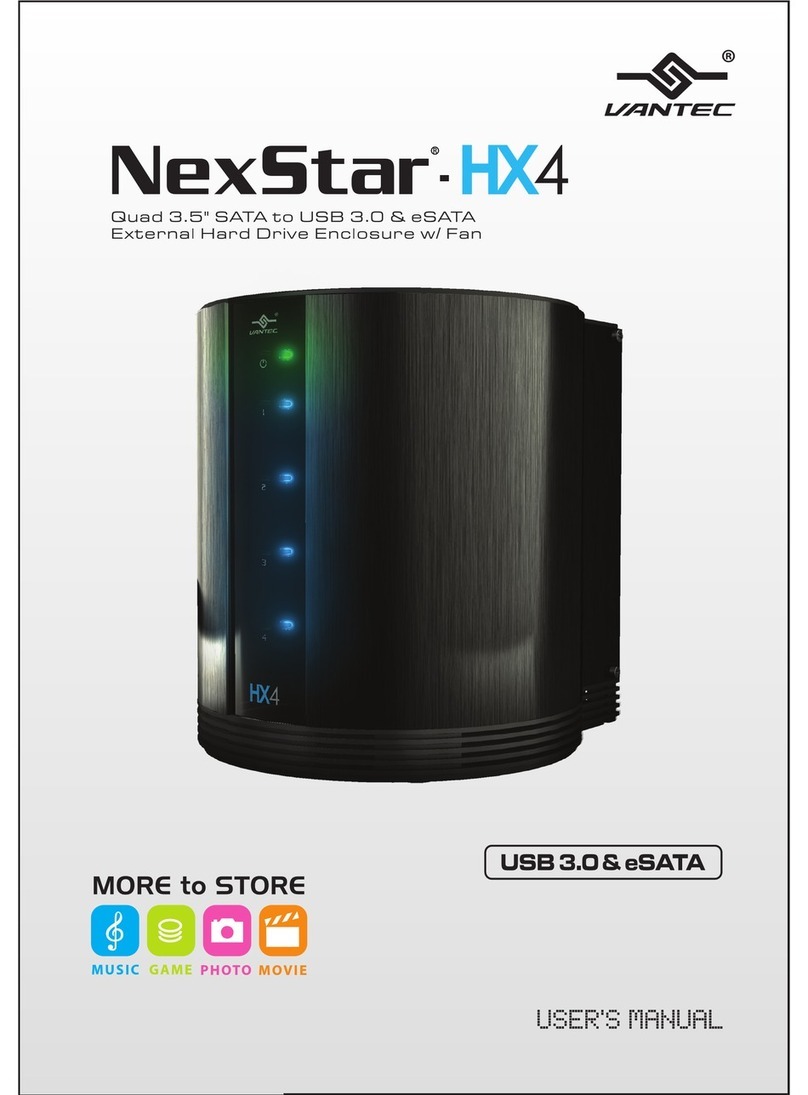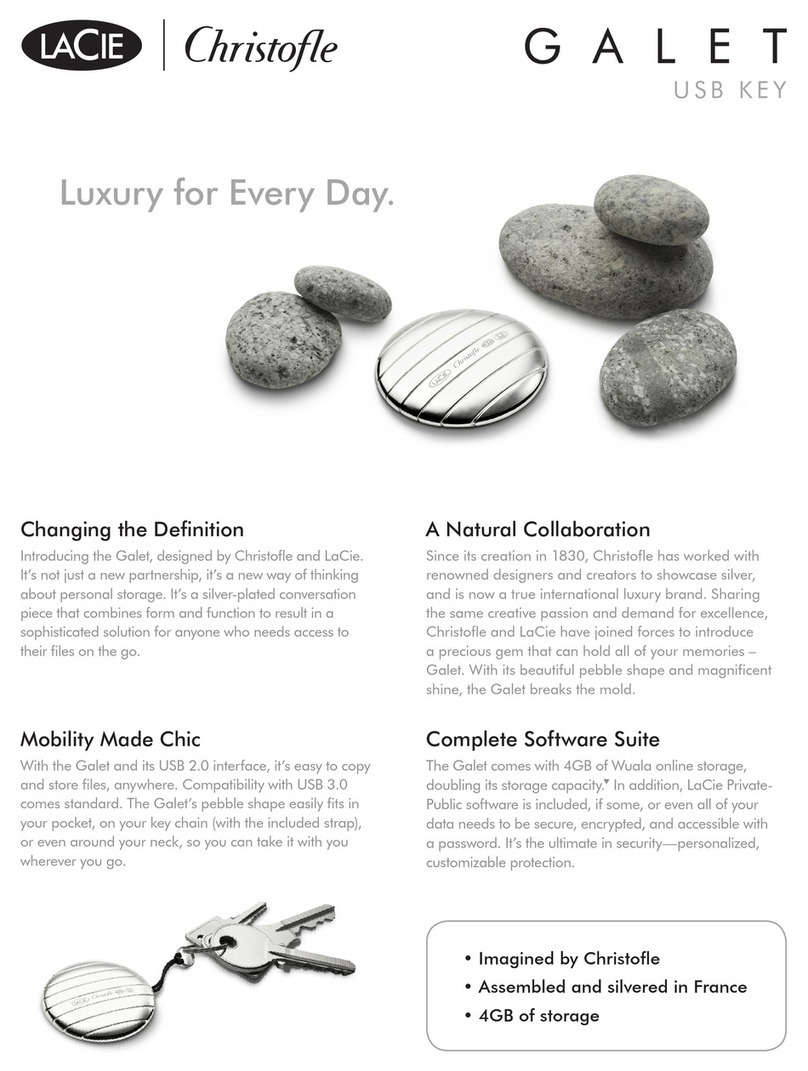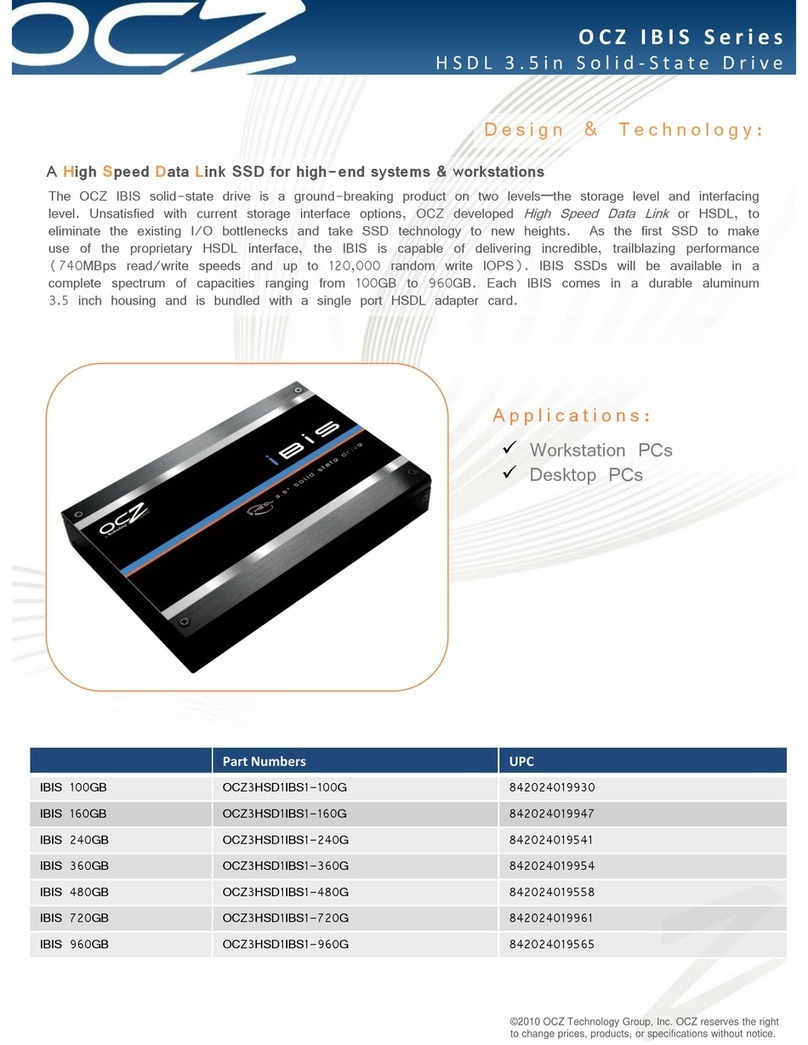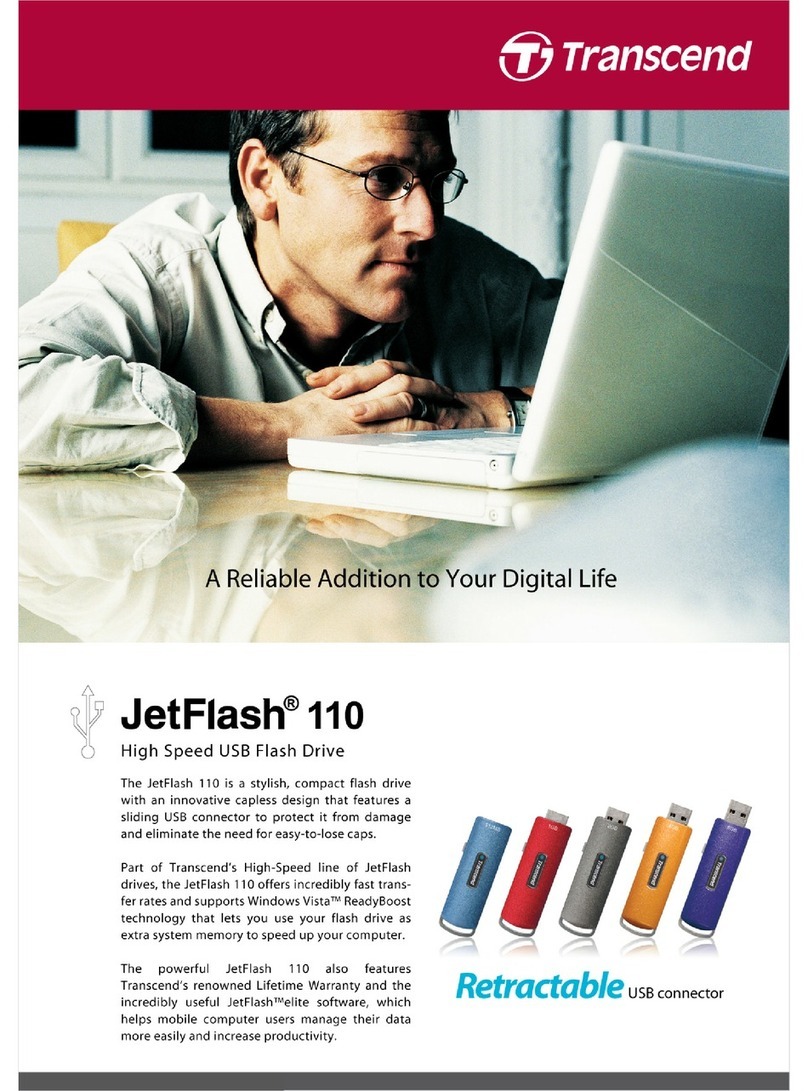
VI
4.2.3 Installation Spacing Requirement .........................................................21
4.3 Forklift Transport ..........................................................................................24
4.4 Hoisting and Transport..................................................................................26
4.4.1 Safety Precautions..............................................................................26
4.4.2 Hoisting..............................................................................................27
4.5 Fixed Installation ..........................................................................................28
5 Electrical Connection .....................................................................................30
5.1 Precautions..................................................................................................30
5.2 Electrical Connection Overview .....................................................................30
5.3 Preparation Before Wiring .............................................................................33
5.3.1 Preparing Installation Tools .................................................................. 33
5.3.2 Open the Door ....................................................................................33
5.3.3 Preparing Cables ................................................................................34
5.3.4 Copper Wire Connection......................................................................35
5.3.5 Aluminum Wire Connection..................................................................35
5.3.6 Cable Entry Design .............................................................................36
5.4 Ground Connection ......................................................................................37
5.5 DC Cable Connection ...................................................................................39
5.5.1 Safety Precautions..............................................................................39
5.5.2 Overview of the Wiring Area.................................................................40
5.5.3 BESS Connection Steps......................................................................40
5.5.4 PCS Connection Steps ........................................................................41
5.6 AC Connection.............................................................................................42
5.6.1 Safety Precautions..............................................................................42
5.6.2 Connection Steps................................................................................42
5.7 PCS Auxiliary Power Supply Connection ........................................................43
5.8 BESS Auxiliary Power Supply Connection ......................................................44
5.9 24Vdc Power Supply Connection...................................................................45
5.10 Communication Connection.........................................................................46
5.11 UPS Considerations....................................................................................47
5.12 Post-wiring Operations................................................................................48
6 Battery Connection ........................................................................................49
6.1 Precautions..................................................................................................49
6.2 Cable Connection.........................................................................................50
7 Powering up and Shutdown ..........................................................................53
7.1 Power-on Operation......................................................................................53
